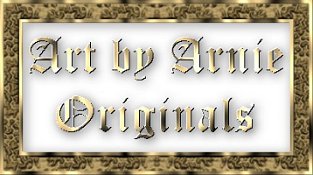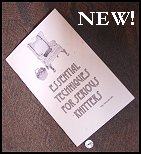
|
SITE INDEX
Publications
Instructional
Informational
From the Heart
Other
|
MY PRODUCTS: Including online credit card ordering!

Some of my dubbelmossas are pictured here.
I charted my motifs from a photograph in a magazine, and rearranged them to my liking. I can't share my charts because, for all I know, the motif designs are original copyrighted material. However, for your personal use, you can certainly chart and knit them.
Now, like I said, I learned to knit the hats by looking at the photos. Here's what I learned:
Use sport weight yarn and needle size to achieve gauge of 6 stitches per inch, double point needles. Use a cast on that can be taken out; i.e. double or invisible cast on.
CO approximately 144 stitches (a multiple of your first motif), in main color. Knit in round for a couple of rows. Work your brim motifs, and then whatever other motifs you wish, for about 7½ inches, selecting motifs with counts that are factors of your stitch count. On second row of a plain color section, decrease four stitches evenly. Select next motif(s) accordingly.
From this point on, you will knit another ten inches before commencing the spiraling decreases in the speckles that finish the hat. You will decrease to 120 stitches before the last motif prior to the speckles. The decreases should be worked in groups of four; adjust your motifs to fit your stitch counts as you decrease. Then, to get the speckling to speckle evenly, increase one stitch prior to commencing. There are six evenly spaced decrease lines that are worked every round, till six stitches remain. Catch them up in the tassle cord.
Take out the original CO row and pick up the live stitches on your DP needles. The next part is the inside of the hat, so it doesn't matter much what color it gets worked in. The main color is fine. Scrap yarn is fine, too.
Over the next 8½ inches, decrease to 120 stitches, four stitches in a round, evenly spaced. Divide what's left into four sections. Work left slant decrease, K1, right slant decrease at beginning of each section. Force it down to three stitches, then knit a three stitch tubular cord to desired length and attach the end to the hat, next to the starting point of the cord.
The tassle is up to you.
Note: I knitted the hats in order to learn jogless rounds applications.
Rev. 23Apr.04
Knitter's Magazine, No. 45, XRX, Inc., U.S.A., 1996, p. 33. |